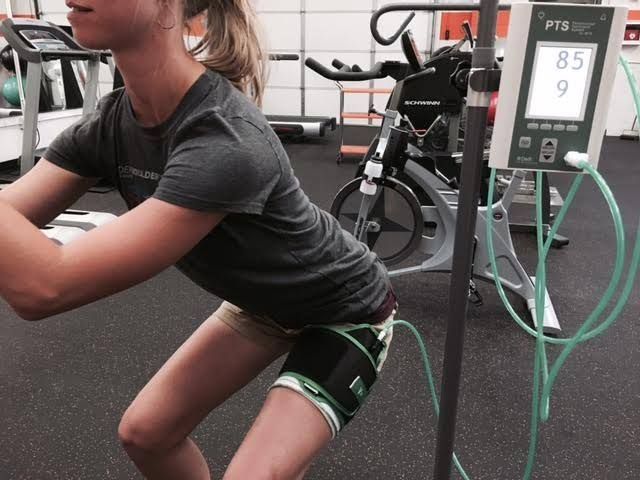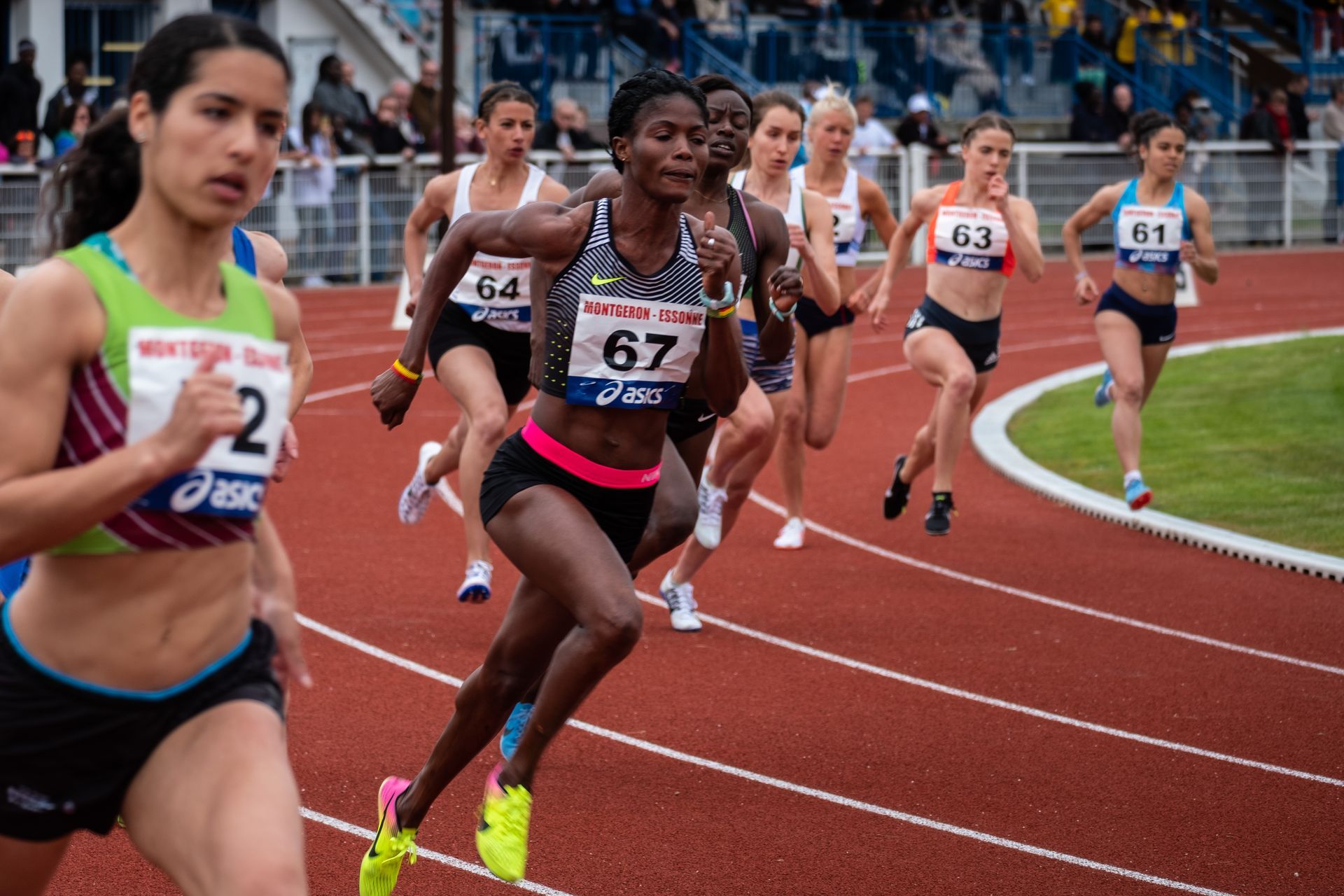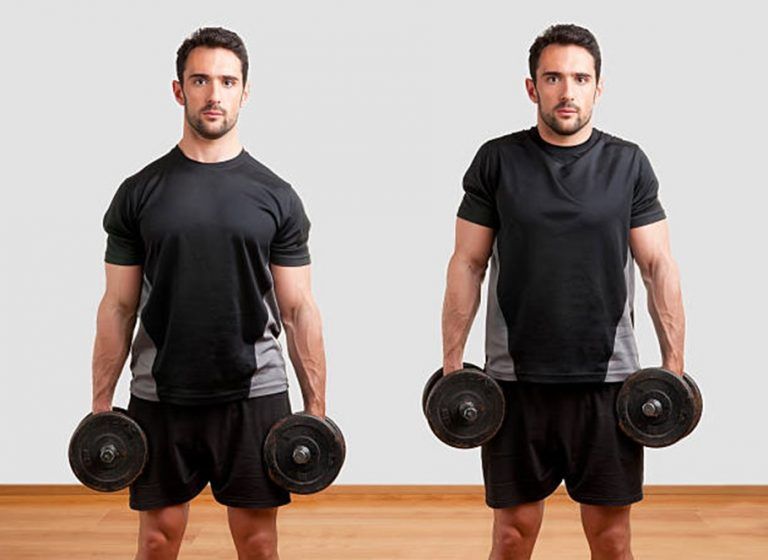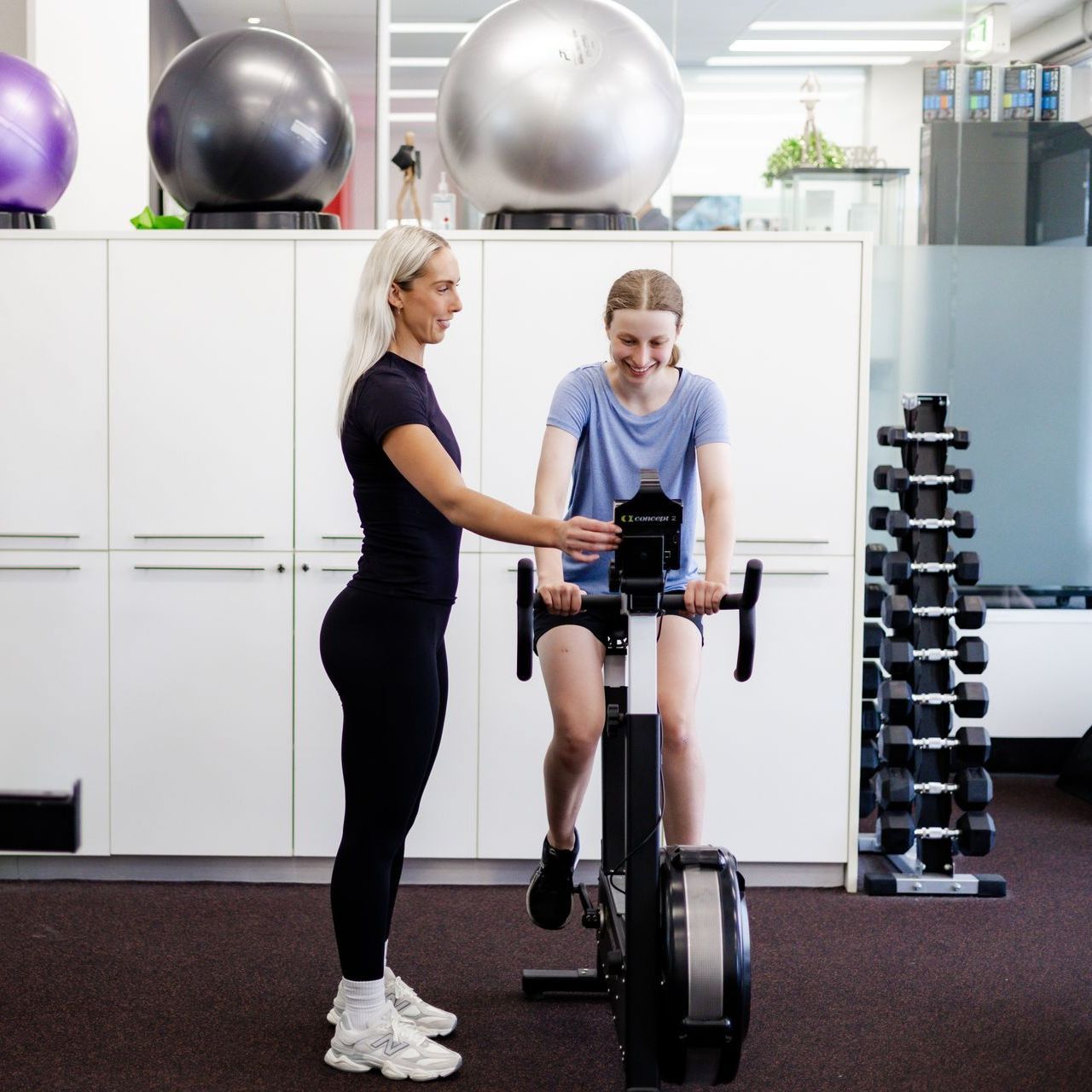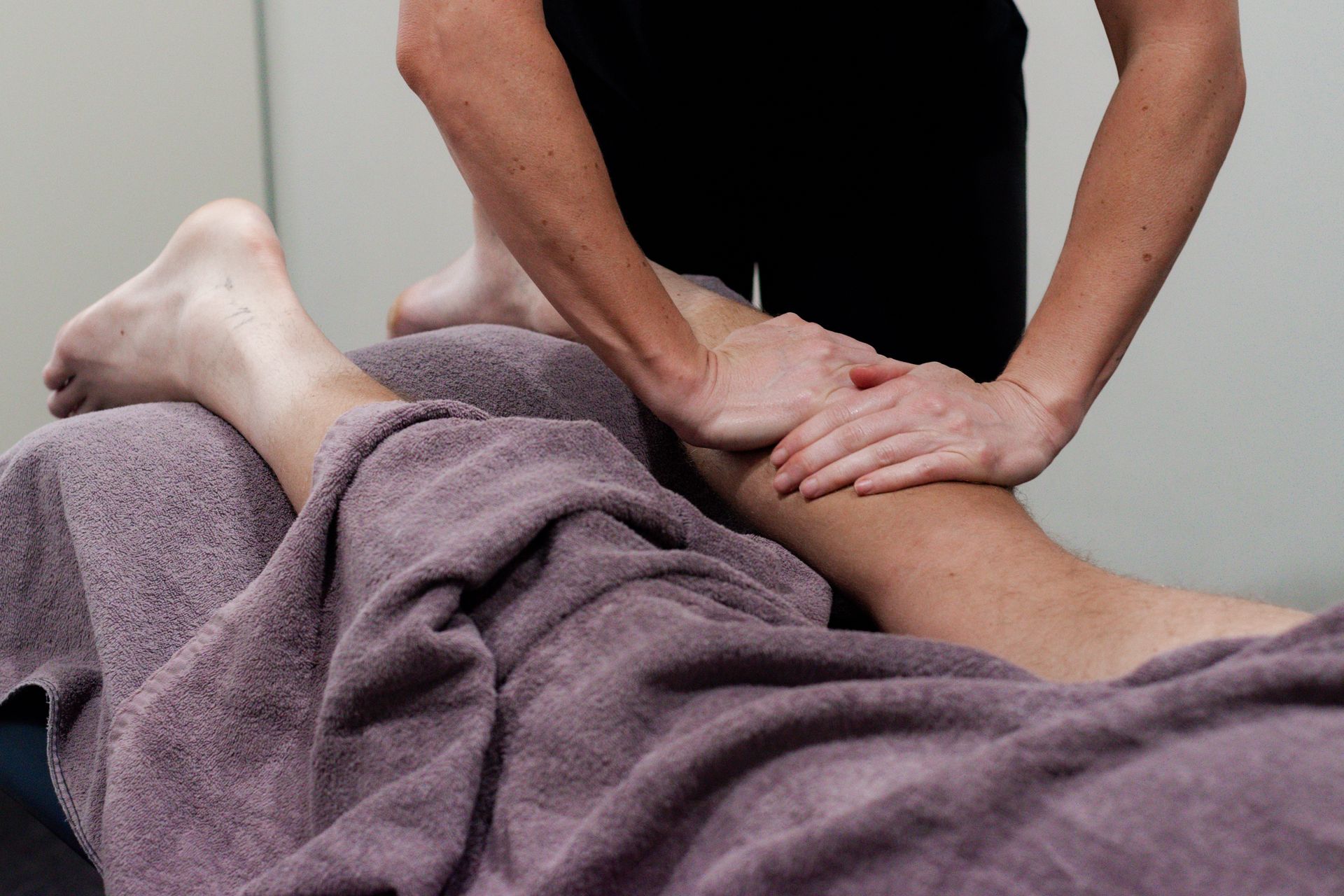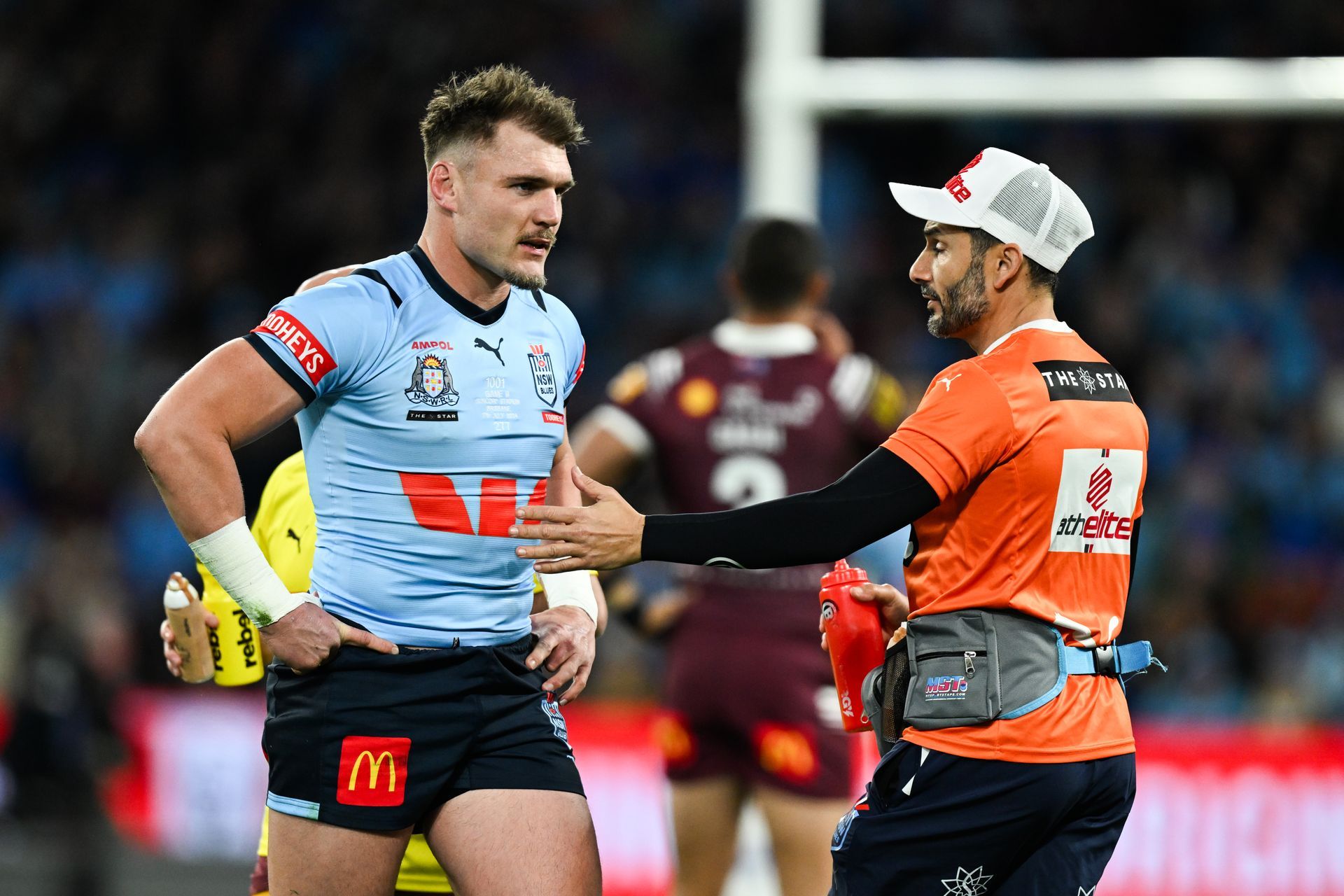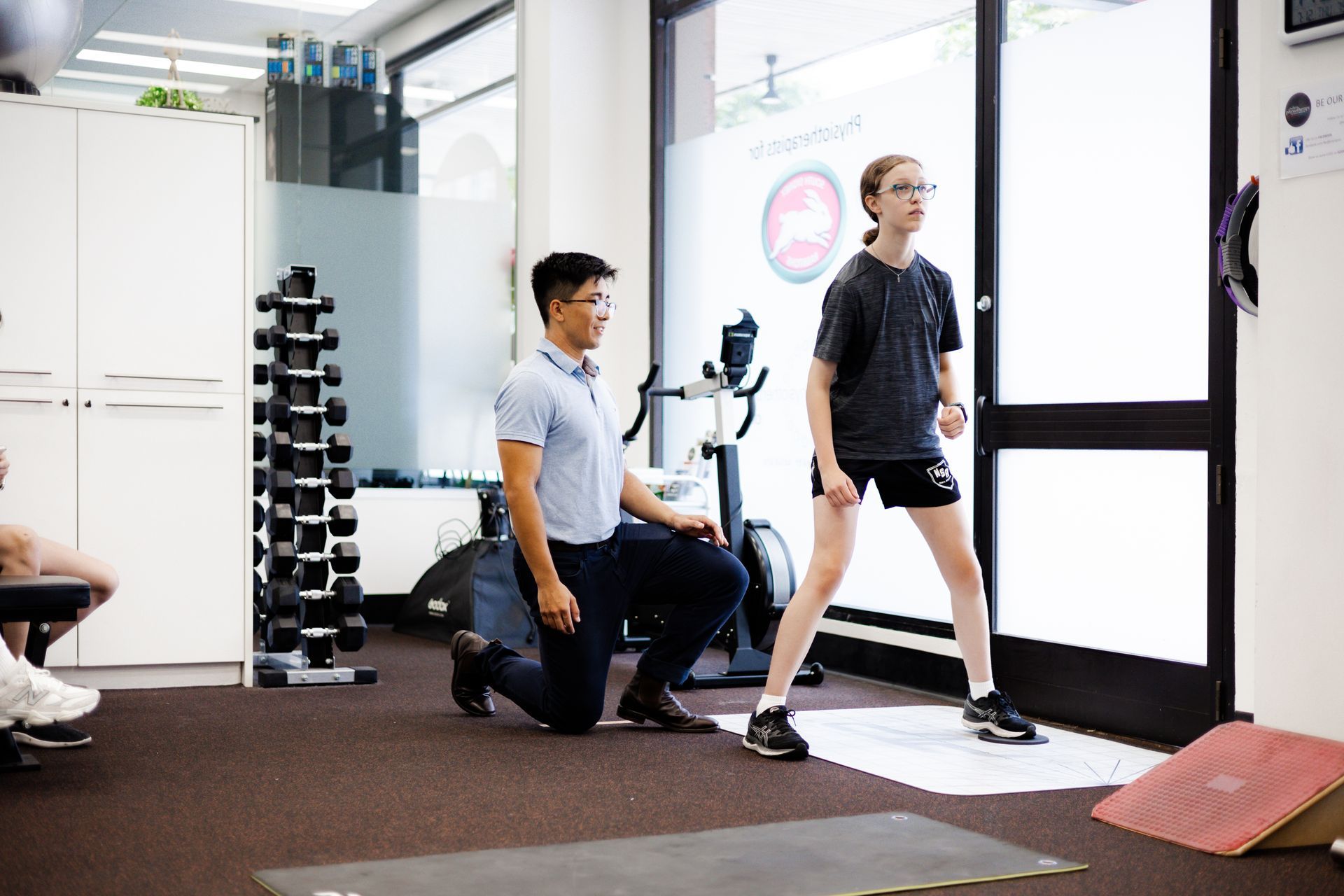A Heated Topic About Cold Therapy
A Heated Topic About Cold Therapy
I want you to think back to the last injury you had. Did you have an initial impulse to put an ice pack on it? Or did you prepare a heat pack in the microwave? Well, different types of injuries require different types of management.
We all know that both cold and hot therapy can help treat many injuries. They are both quick, drug-free, inexpensive and easy self-treatment options. But do you know when it’s appropriate to use a cold or hot pack to treat a problem? Here I will explain when you should use hot or cold treatments.
Firstly, how does it work?
- In the initial stages following an injury the immune system responds with an inflammatory response which sees an increase of blood flow to the area. This causes a rush of white blood cells, antibodies, proteins and other fluids to the injury site. This increase in swelling and inflammation causes the pain. Too much swelling will slow down the healing, be uncomfortable and also limit joint range of motion.
- Ice reduces tissue temperature by slowing down metabolic activity around the injured area and as a result, decreases tissue damage. This will also lessen the pain by numbing the nerve endings involved.
- Heat increases the surfaces temperature of the skin, which stimulates your sensory receptors and as a result, blocks the pain signals being sent to the brain. Heat also makes your muscle tissue more elastic, which releases tension and increases blood flow. Therefore providing oxygen and more nutrients to the painful area to aid in the healing process and restore range of movement.
How do you know which one to choose?
Cold Therapy:
- Think ‘acute’ sports injuries. These include sprained ankles, torn muscles/ligaments and bruises. When an acute injury occurs they become red, swollen and hot due to damaged muscle tissues.
- Get it on fast! Ice is most effective immediately following an injury and loses its affect significantly after approximately 48hours. The sooner you get it on; there is a greater chance of reducing swelling and minimising inflammation.
- What form of ice? Ice therapy includes raw ice, gel packs (used with a towel to reduce intensity), ice baths or the trusty bag of peas. The most effective method is the use of crushed ice in a bag applied to the injury site.
- You can purchase gel packs that turn into ice in your freezer or, to make things quick and easy on the sideline of a game, use instant ice packs, which are designed to turn cold instantly with a simple squeeze.
- A commercial device such as a Game Ready is commonly used in an outpatient setting. It provides intermittent compression whilst delivering cryotherapy (cold therapy) to the injury site. This is the best way to deliver cold and compression therapy to an injured site and is used commonly by the world’s best athletes. Redfern Physiotherapy is equipped with its very own Game Ready machine to help manage your acute injuries!
- Did you know? Ice has been shown to be more effective than gels (a common item in a sports parents freezer) at reducing skin surface temperature. It has the ability to absorb more heat as it goes through a state of physical change – melting from ice to water.
Hot Therapy:
- Think ‘chronic’ sports injuries. Is best used for consistent pain (pain lasting from weeks to months), stiffness, muscle spasms, whiplash, arthritis and to loosen and relax tired muscles. However, it should not be used directly after exercise.
- No Exceptions! Refrain from using heat for at least 48-72 hours after a new injury has occurred. If swelling or redness to the skin occurs following an injury then do not apply heat.
- Signs of a chronic injury include a dull ache when at rest or pain when performing an activity.
- Ways to heat it up? Heat therapy includes wheat packs, hot water bottles, a sauna or hot bath. Deep Heat and Tiger Balm are often used to provide a neurological distraction due to their warming sensation on the skin only.
- Did you know? The continuous application of low-level heat eased low back pain better than two common over the counter painkillers.
Friendly reminders:
- How long? Whether hot or cold, be sure to keep exposure to 20 minutes per session. You should wait at least 1 hour between treatments (starting when you take off the ice until you reapply the ice).
- Protect your skin from burns by wrapping packs in a towel or cloth before applying.
- What a mess! A Ziploc bag is a great solution for keeping ice therapy mess-free! No bag or cloth to use? Perform an ice massage by constantly moving the ice around the area of discomfort.
- The Price is right! A common acronym to remember what steps to take in the initial stages of an acute injury is:
- Protect = Protection from further damage
- Rest = rest to avoid prolonged irritation
- Ice = To control pain, bleeding and edema (swelling)
- Compression = For support and to control edema
- Elevation = Place the injury site above the heart to drain fluid away from the area.
As a general rule of thumb, you should use heat on stiff, aching and chronic injuries and ice on acute or new injuries that occur suddenly. Remember! Ice and heat provide symptom relief but are not going to treat the underlying issue. To find out how to recover from your acute or chronic injury, book an appointment with our team of physiotherapists to help you follow a customized rehabilitation management plan.

